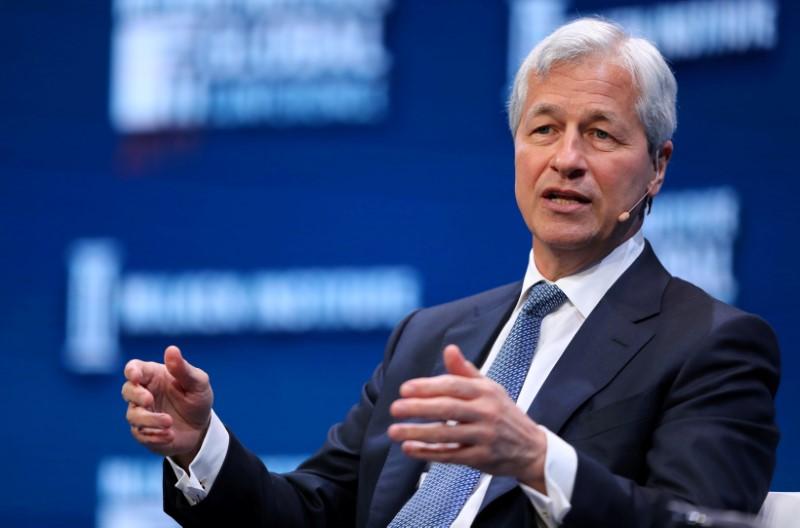Commentary
August was characterized as a normal period of consolidation, capped by a strong reversal of the trend in the last week of the month. The softer economic data fueling the bullish pivot essentially took the chance of a Fed rate hike at the September FOMC meeting, off the table and, from my perspective, there is now a growing likelihood they are done raising rates, assuming this week’s inflation data comes in fairly mild.





